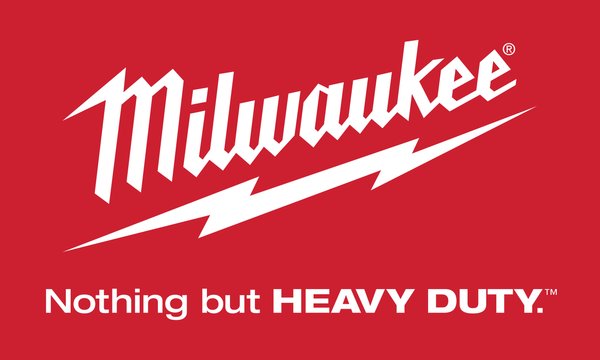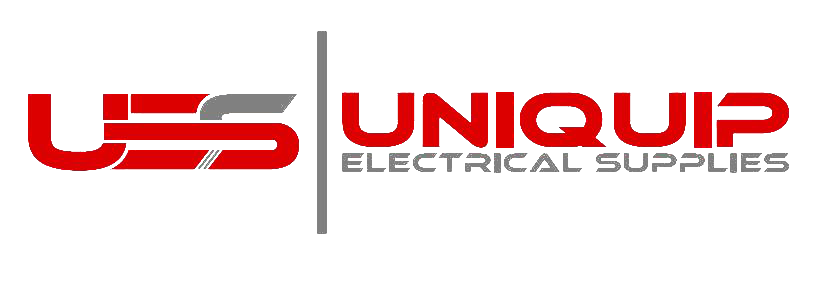L2A1: Clothing Part 1 - Boots

Welcome to Look Twice Act Once for May! Where has the year gone? (It feels like we say that every month…)
This month, we are looking at proper apparel, clothing, and uniform for you on the worksite – and helping you understand not just what to have, but why the rules are in place. This week, we are looking at arguably the most important piece of your uniform – your boots.
Boots, and shoes in general, are extremely important. Not only do they protect your feet from shunts and bumps, and keep the soles of your feet nice and warm during the day and colder months which we are coming into, but they can also help you avoid ankle rolls, electrocution, and things from going through your feet on a worksite. So here are some tips to keep your feet – and therefore you – safe with the right boots!
Make sure your boots are well fitted
This seems like a pretty obvious one, but make sure your boots fit, and fit well. We all have different feet sizes and shapes – from the arch of the foot to the height and width – and sometimes one foot is bigger than the other. So make sure when you purchase your boots, they are the right size, shape and fit for your feet. Usually that means about a thumb’s width from the big toe to the end of the shoe – but with steel caps you may wish to allow for a touch more than this. Ensure they are giving you proper ankle support as well, and are comfy to wear.
Don't expose your toes
About that steel toe – it’s a must for any worksite. Yes they can put holes in your socks, but this generally only happens if you’re wearing thinner socks to begin with. But one thing you cannot do is have the steel cap exposed. Put simply – you work with electricity. The covering of the shoe (leather and rubber on the bottom) will go a ways to insulate you from any shocks. If a steel toe is exposed, this protection is no longer there – so make sure if your boot has a hole in the toe and you can see steel, that you grab a new pair.
Do up those laces!
Laces actually cause a massive amount of injury and death per year. It sounds like a weird statistic, but it’s true – over 600 injuries a year happen in the UK as a direct result of untied shoelaces. So do them up! And whilst you’re doing them up – take a look at them. Do you need new ones? If so, go a grab a pair – that decision literally might save you from going to the ER.
No Holes!
Similar to point two, holes in your shoe just simply shouldn’t happen. Holes in the sole can let cold, and water in, holes in the side can stop insulation and make your feet vulnerable to things which might fly off and hit your foot, or be dropped onto your foot. If you have holes in your boots – replace them!
Check Twice...
Check them every morning, especially if you are in a bushland setting or if you live in an area which is known to be prone to creepy crawlies. You don’t want to put your foot in a boot you thought was safe only to be bitten by a redback. Trust us. Likewise, have a look at the tread on the bottom – if it’s wearing thin it might be time for a new pair.
If you stick to these pretty simple rules around a pair of boots, then you’ll be much much safer on site. And if you need to buy a new pair, you can always visit the Uniform Shop and request a new pair.
















